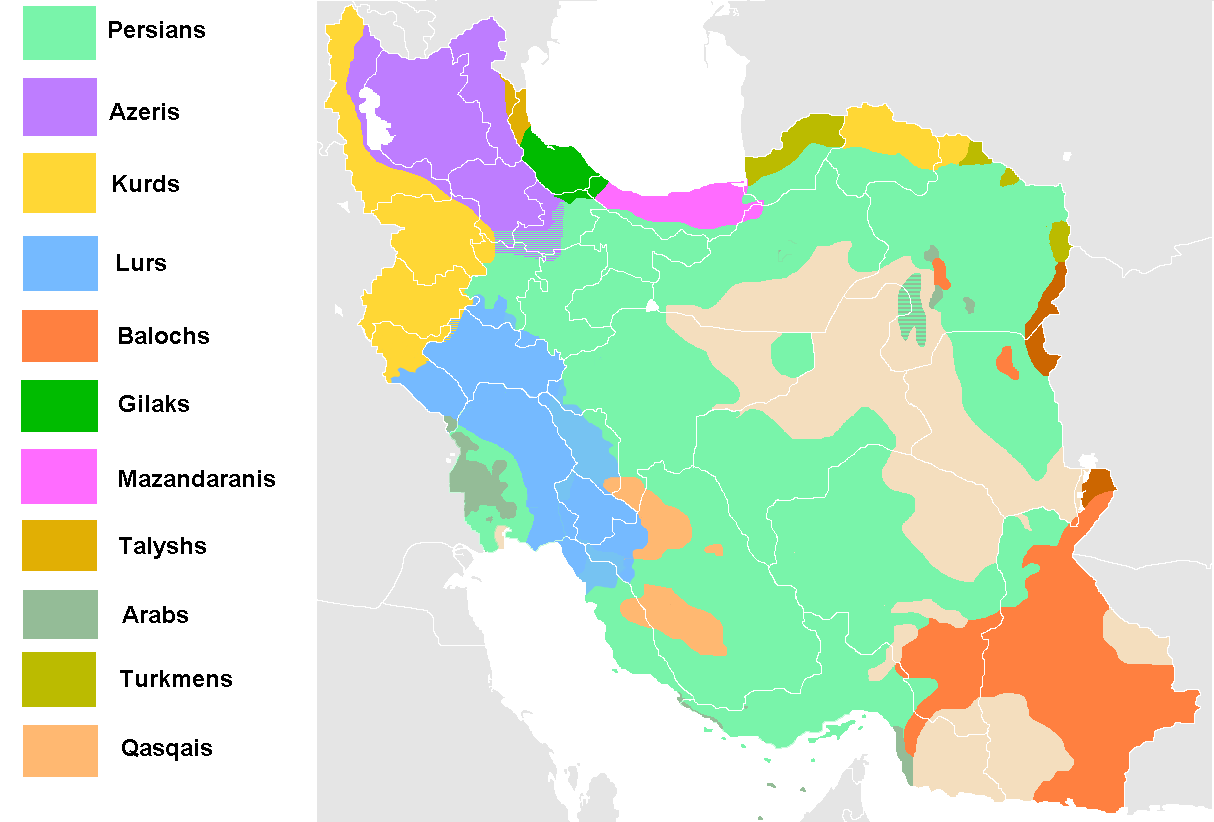Iranians And Territorial Integrity
Iran is a declined empire, but still an empire, and Iranians care that it remains one.
I have said most of what’s to say about Iran. So let me just write about something that thus far that has not received adequate coverage but is an important piece of the puzzle.
Iran remains an imperial state. Around half of Iran’s population isn’t Persian. It might be that Persians are now a plurality. We don’t know for sure. This ethnic composition of the country has been used as a bogeyman against Iranians hostile toward the regime. The Islamic Republic propaganda goes like this. You might not like us, but we have kept the borders of the country intact. A revolution might lead to the shrinking of Iran and the secession of ethnic regions on the border. This is all the more complicated because ethnic minorities are spread in the outward regions of the country, not at the center, so secession is easier.
The regime’s claim is an appealing message because Iran has gone from the world’s largest state two millennia ago to be what it is today, a source of humiliation. Torkamanchay and Golestan were two treaties imposed on Iran by Russia in the 1800s in which Iran gave up parts of its territory. Take a look below for Iran’s territorial changes in the 1800s and the 1900s.
The short-lived Pahlavi dynasty came to power in 1925 and left in 1979. You’ll take note that all territorial changes have been exchanges and not permanent losses since then. (1927, 1937, 1958, and 1971.)
That’s quite an anomaly in Iran. Most dynasties of the past millennium cause the shrinking of Iran’s map. Torkamanchay and Golestan in Iranian political lexicon are codewords for humiliation. The Islamic Republic has a legitimate claim here. It too has not lost any territory. The Iran-Iraq War for a long time was used as an evidence to this claim. This has been used to discourage a revolution, fear mongering that instability could return Iran to humiliating secession and territorial loss.




